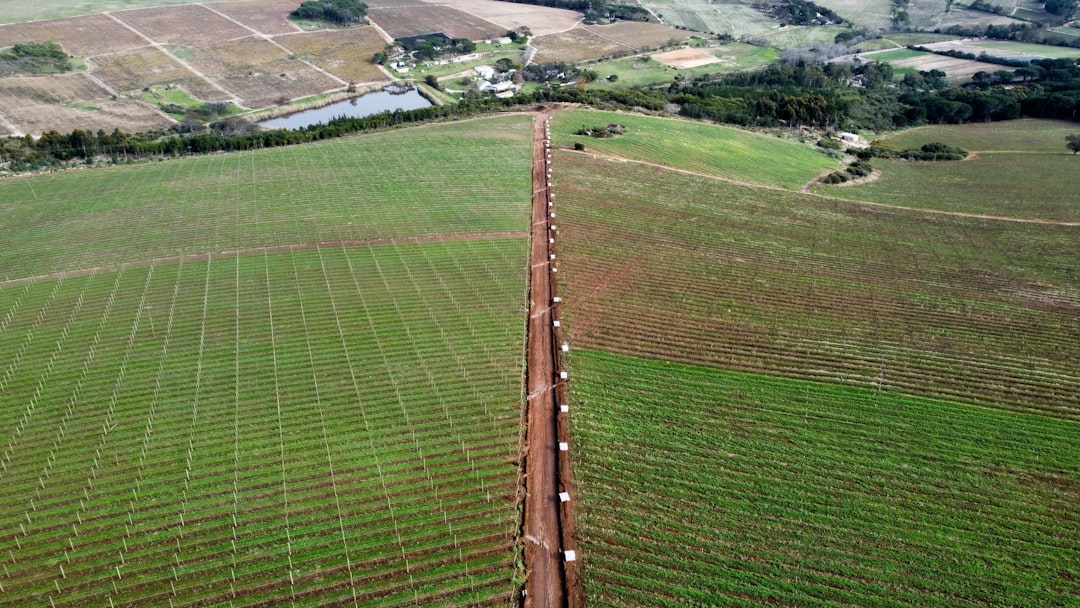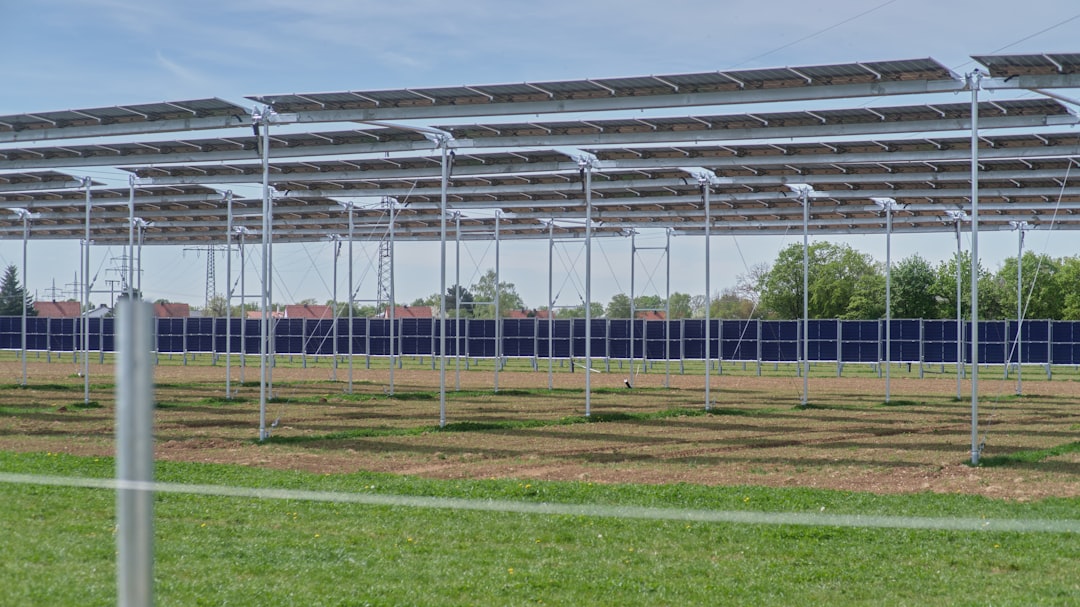Choosing Your Power: A Supplier’s Guide to AC, DC, and Solar Fence Energizers
- Share
- Issue Time
- Sep 17,2025
Summary
As your trusted solar fence energizer supplier, we're breaking down the core differences between AC, DC, and solar-powered energizers. This guide helps you understand the pros and cons of each, focusing on why solar is often the superior choice for modern, remote, and rotational grazing applications. We'll explore power, portability, cost, and reliability to help you make an informed investment for your farm's specific needs.

Your Guide to Selecting the Perfect Fence Energizer
The electric fence is a cornerstone of modern livestock management and property protection. It's a psychological barrier that keeps your animals in and predators out. But the heart of any electric fence isn't the wire; it's the energizer (or charger). The energizer is to your fence what an engine is to a car—choose one that's too small, and you'll face constant performance issues. As a leading supplier, we know that selecting the right power source for your energizer is the most critical decision you'll make. The three main types are AC (plug-in), DC (battery-powered), and Solar.
This guide will walk you through each option, giving you the expert knowledge needed to choose the perfect system for your unique situation, with a special focus on the rising star of fencing: solar power.

Understanding AC-Powered (Plug-In) Energizers
AC energizers are the traditional workhorses of the fencing world. They plug directly into a standard 110v or 220v wall outlet, giving them a direct line to the electrical grid.
Pros:
- Maximum Power & Reliability: Because they're connected to the grid, AC chargers typically offer the most powerful and consistent energy output. This makes them ideal for very long, multi-wire fences, containing large or aggressive animals, or dealing with heavy vegetation that can drain power.
- Cost-Effective Operation: While powerful, AC energizers are incredibly efficient, often adding less than a dollar per month to your electricity bill.
- Simplicity: There are no batteries to change or panels to clean. You simply plug it in, and it works.
Cons:
- Location, Location, Location: The obvious drawback is that you must have an electrical outlet nearby. This limits their use to perimeters near barns or other powered structures and makes them unsuitable for remote pastures.
- Vulnerable to Power Outages: If the power goes out, your fence goes down. This can be a major issue during storms when you need containment the most.
Exploring DC-Powered (Battery) Energizers
DC energizers run off a battery, typically a 12-volt deep-cycle battery, though smaller models can use D-cell batteries. This untethers them from the grid, offering more flexibility.
Pros:
- Portability: DC energizers can be placed anywhere on your property, making them perfect for remote locations or temporary fencing where no AC power is available.
- Reliable for Off-Grid Use: As long as you have a charged battery, your fence is operational, independent of the main power grid.
Cons:
- Battery Maintenance: The primary downside is battery management. Batteries need to be regularly swapped out and recharged, which can be a significant hassle, especially for distant fences. The battery's life is also affected by how often animals test the fence or by vegetation growth.
- Moderate Power: While effective, DC units generally have a lower power output than their AC counterparts, making them better suited for shorter fences or animals that are easier to contain.
The Rise of the Solar-Powered Energizer
Solar energizers are essentially a smarter, more self-sufficient evolution of the DC system. They consist of a DC energizer, a rechargeable battery, and a photovoltaic (PV) solar panel, all housed in one integrated unit. The solar panel collects sunlight to charge the internal battery, which then powers the fence.

As your dedicated solar fence energizer supplier, we've seen this technology transform how farmers manage their land. Let's delve into why.
Why Choose a Solar Fence Energizer?
Choosing solar isn't just an environmental choice; it's a strategic one. Solar energizers combine the portability of DC units with the 'set-it-and-forget-it' convenience of AC power. They are exceptionally suited for remote areas, rotational grazing systems, and any farmer looking to build a more resilient and sustainable operation.
The Eco-Friendly & Economical Advantage
By harnessing the power of the sun, you significantly reduce your reliance on fossil fuels and lower your farm's carbon footprint. While the initial investment for a solar energizer can be higher than an AC unit of similar power, the long-term savings are substantial. You eliminate ongoing electricity costs and the labor associated with recharging DC batteries. Many local conservation districts even offer financial assistance for purchasing solar energizers.
Unmatched Portability and Flexibility
Solar energizers are designed for life in the field. They are lightweight, compact, and require no external wiring, allowing for installation in minutes. This makes them the undisputed champion for rotational grazing, as they can be moved easily with your herd to new pastures. They work on any terrain and give you the power to electrify a fence exactly where you need it, when you need it.
Reliability When You Need It Most
Modern solar energizers are built to perform, even when the sun isn't shining. A quality unit stores enough energy in its battery to power a fence for several weeks without direct sunlight, ensuring your livestock remains secure through cloudy spells or overnight. This autonomy also means your fence stays hot during grid power failures, providing peace of mind during severe weather.
How to Select the Right Size Energizer
Choosing the right size is crucial. An underpowered energizer will lead to poor performance and a shorter lifespan as it constantly works at 100% capacity. A common rule of thumb is to select an energizer with a distance rating at least 25-50% greater than what you think you'll need. This provides a buffer for future expansion and ensures the unit isn't over-stressed, especially during wet conditions or as vegetation grows.
Key Factors for Sizing:
- Fence Length: The total length of wire you plan to electrify.
- Number of Wires: More wires mean more power is needed.
- Vegetation Load: Heavy, wet weeds touching the wire will draw a lot of power. Modern low-impedance chargers are designed to handle this, but you still need adequate power.
- Animal Type: Large animals with thick hides (like bulls or sheep with heavy wool) require a stronger charge than shorthaired animals.
Quick Comparison: AC vs. DC vs. Solar
| Feature | AC Electric Fence Energizer | DC Electric Fence Energizer | Solar Fence Energizer |
|---|---|---|---|
| Power Source | Main electrical grid (110v/220v) | External battery (e.g., 12v) | Solar panel charging an internal battery |
| Power Output | Highest | Moderate | Moderate to High |
| Best For | Long, multi-wire fences; large/aggressive animals; areas near power | Remote areas, temporary fences | Remote areas, rotational grazing, eco-conscious farms |
| Portability | None | High | Highest (All-in-one units) |
| Reliability | Very high, but fails with grid | High, but requires battery swaps | Very high, autonomous operation |
| Upfront Cost | Low to Medium | Medium | Higher |
| Operating Cost | Very Low (electricity) | Medium (battery replacement/charging) | None |
Installation & Maintenance Tips for Solar Energizers
Getting the most from your solar energizer is simple. For optimal performance in North America, the solar panel should face south to capture the maximum amount of sunlight. It's crucial to place it in an area free from shadows cast by trees, buildings, or even tall grass.
Maintenance is minimal but important:
- Keep the panel clean from dust, snow, and debris.
- Ensure weeds don't grow up and cover the panel.
- Check connections periodically to ensure they are secure.
- Store the unit properly during the off-season to protect the battery.
Making the Final Decision
- If you have a reliable power outlet near a permanent fence, an AC energizer is a powerful and economical choice.
- If you need a portable solution for a short-term or truly remote fence and don't mind managing batteries, a DC energizer will do the job.
- For the ultimate combination of portability, reliability, and long-term value, especially for remote pastures and rotational grazing, a Solar energizer is the superior investment. It provides the autonomy to manage your land effectively and sustainably, free from the constraints of the grid or the hassle of constant battery maintenance.
As your expert supplier, we are here to help you find the perfect solar energizer to meet your needs and ensure the safety and security of your operation for years to come.